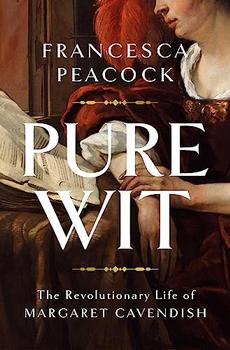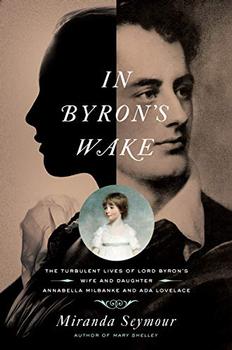Summary | Excerpt | Reviews | Beyond the book | Read-Alikes | Genres & Themes | Author Bio

The Secret Life of Suzanne Valadon
by Catherine HewittCatherine Hewitt's richly told biography of Suzanne Valadon, the illegitimate daughter of a provincial linen maid who became famous as a model for the Impressionists and later as a painter in her own right.
In the 1880s, Suzanne Valadon was considered the Impressionists' most beautiful model. But behind her captivating façade lay a closely-guarded secret.
Suzanne was born into poverty in rural France, before her mother fled the provinces, taking her to Montmartre. There, as a teenager Suzanne began posing for - and having affairs with - some of the age's most renowned painters. Then Renoir caught her indulging in a passion she had been trying to conceal: the model was herself a talented artist.
Some found her vibrant still lifes and frank portraits as shocking as her bohemian lifestyle. At eighteen, she gave birth to an illegitimate child, future painter Maurice Utrillo. But her friends Toulouse-Lautrec and Degas could see her skill. Rebellious and opinionated, she refused to be confined by tradition or gender, and in 1894, her work was accepted to the Salon de la Société Nationale des Beaux-Arts, an extraordinary achievement for a working-class woman with no formal art training.
Renoir's Dancer tells the remarkable tale of an ambitious, headstrong woman fighting to find a professional voice in a male-dominated world.
The change in women's place in the art world animates this book, with Valadon an unsung but key figure in that transformation. Hewitt summarizes: "Other artists showed what viewers wanted to see. Suzanne showed them what was true." By not conforming to male expectations of female-created art—a muted color palette, nurturing mothers, cheerful children—Valadon broke barriers for women to create and, crucially, to make a living from the art that expressed their intentions and feelings, not only what men wanted to see from them. Renoir's Dancer is a captivatingly detailed study of an artist who should be better known for her contributions to the art world, beyond just the pretty face painted by others...continued
Full Review
(838 words)
This review is available to non-members for a limited time. For full access,
become a member today.
(Reviewed by Rose Rankin).
The year 1789 was by no means the first time the city of Paris had experienced upheaval, but the Revolution and the decades following it were particularly tumultuous. The Terror, Napoleon, the brief restoration of the Bourbon monarchy, the Second Empire under Napoleon III: the political pendulum swung wildly and violently throughout the nineteenth century in the city along the Seine. The culmination of these events was the Paris Commune of 1871, which caused some of the worst destruction the city had ever experienced. This brief and bloody civil war, however, was followed by a remarkable period of artistic and cultural efflorescence, known as the Belle Époque.
In 1870, Emperor Napoleon III unilaterally declared war on Prussia, its ...
This "beyond the book" feature is available to non-members for a limited time. Join today for full access.

If you liked Renoir's Dancer, try these:

by Francesca Peacock
Published 2024
A biography of the remarkable - and in her time scandalous - seventeenth-century writer Margaret Cavendish, who pioneered the science fiction novel.

by Miranda Seymour
Published 2020
A masterful portrait of two remarkable women, revealing how two turbulent lives were always haunted by the dangerously enchanting, quicksilver spirit of that extraordinary father whom Ada never knew: Lord Byron.